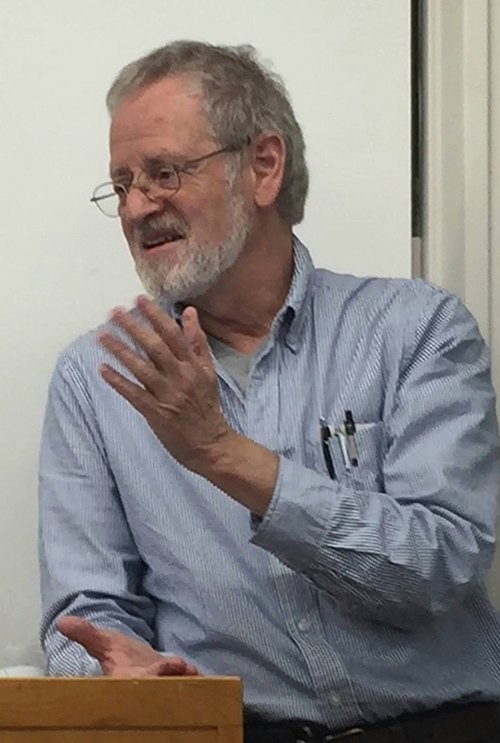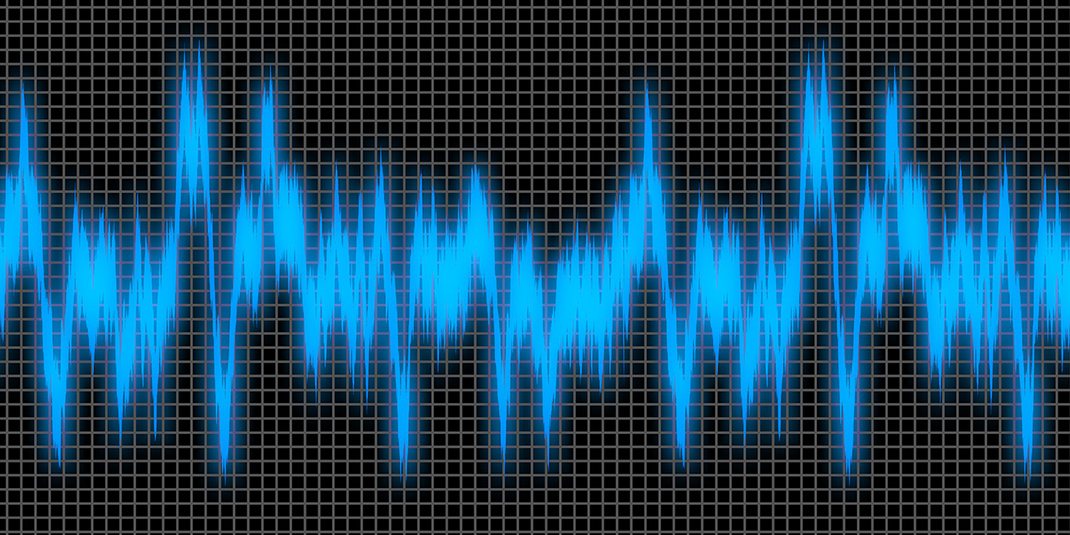As societies around the world shut down in an effort to slow the COVID-19 pandemic, the decrease in human activity resulted in a seismically quieter Earth, according to a new report co-authored by Associate Professor of Earth and Environmental Sciences Alan Kafka.
Data collected from more than 300 seismic stations—including two on the Boston College campus—showed a reduction of up to 50 percent in “seismic noise” in early- to mid-2020, according to a report in the online edition of the journal Science by Kafka and more than 70 international colleagues.
“This unprecedented time has offered a unique scientific opportunity to look at changes in seismological activity we produce as a human society,” said Kafka, who also directs the University’s Weston Observatory. “As a seismologist, this is really cool. But I and my colleagues are aware that behind this story is the human toll the pandemic has taken.”

Alan Kafka
Kafka contributed data from monitoring stations in Devlin Hall, Conte Forum, and the observatory. His data showed up to 50 percent reduction in Greater Boston’s seismic noise—matching the international decline.
The 2020 seismic noise quiet period is the longest and most prominent global anthropogenic seismic noise reduction on record, the team reported in the article “Global quieting of high-frequency seismic noise due to COVID-19 pandemic lockdown measures.”
The environmental effects of the pandemic lockdowns are wide and varied, including reduced emissions in the atmosphere and reduced traffic and noise pollution impacting wildlife. This period of time has been coined “anthropause”. This new study is the first global study of the impact of the anthropause on the solid Earth as seen by measurements of seismic vibrations.
So distinct was the data that they show a “wave” of reduced seismic signals sweeping through China, then to Italy, and then around the rest of the world, the team reports.
The seismic analysis of the lockdown shows the total effect of physical/social distancing measures, reduced economic and industrial activity, and drops in tourism and travel.
The study was launched after the lead author, Thomas Lecocq, of the Royal Observatory of Belgium, decided that the best way to tackle the problem of analyzing data from all around the globe was to share his method with the seismological community. This started a unique collaboration involving 76 authors from 66 institutions in 27 countries. The study’s lead authors are based in Belgium, the United Kingdom, New Zealand, and Mexico.
Seismometers are sensitive scientific instruments that record vibrations travelling through the ground—known as seismic waves. Traditionally, seismology focuses on measuring seismic waves generated by earthquakes. Seismic records from natural sources however are contaminated by high-frequency vibrations—or “buzz”—from humans at the surface as they walk, drive cars, and ride trains that all create unique seismic signatures in the subsurface. Heavy industry and construction work also generate seismic waves that are recorded on seismometers.




